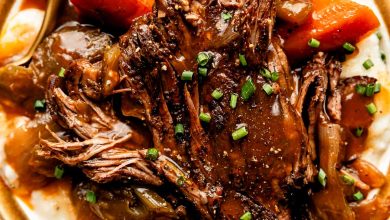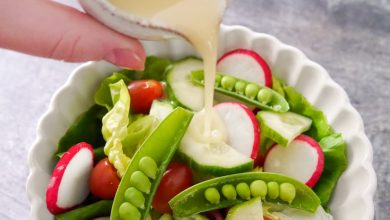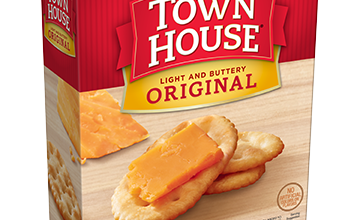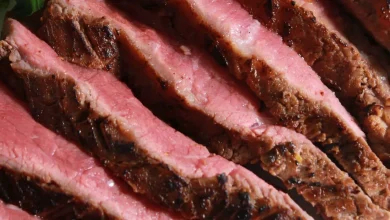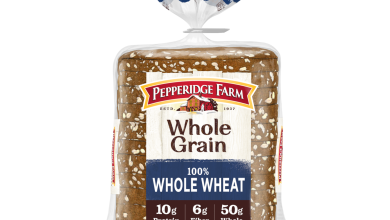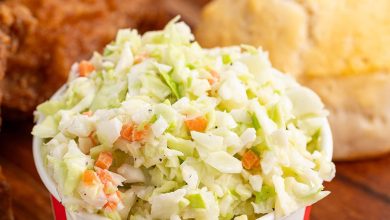Healthy White Medium-Grain Cooked Rice: Nutritional Facts & Benefits
White Medium-Grain Cooked Rice (Unenriched) – Nutritional Information
White medium-grain rice is a staple in many global cuisines, offering a mild, delicate flavor and a tender, slightly sticky texture when cooked. This type of rice, often served as a side dish or base for main courses, is a versatile pantry essential. Below, we provide an overview of its nutritional profile to help guide your culinary decisions.
Nutritional Breakdown (Per 100g serving)
| Nutrient | Amount |
|---|---|
| Energy | 130 kcal |
| Protein | 2.38 g |
| Total Fat | 0.21 g |
| Saturated Fat | 0.057 g |
| Carbohydrates | 28.59 g |
| Fiber | 0.0 g |
| Sugar | 0.0 g |
| Calcium | 3.0 mg |
| Iron | 0.2 mg |
| Magnesium | 13 mg |
| Phosphorus | 37.0 mg |
| Potassium | 29.0 mg |
| Sodium | 0.0 mg |
| Zinc | 0.42 mg |
| Copper | 0.038 mcg |
| Manganese | 0.377 mg |
| Selenium | 0.0 mcg |
| Vitamin C | 0.0 mg |
| Thiamin (B1) | 0.02 mg |
| Riboflavin (B2) | 0.016 mg |
| Niacin (B3) | 0.4 mg |
| Vitamin B6 | 0.05 mg |
| Folate | 2.0 mcg |
| Vitamin B12 | 0.0 mcg |
| Vitamin A | 0.0 mcg |
| Vitamin E | 0.0 mg |
| Vitamin D2 | 0.0 mcg |
Allergen Information:
- Gluten-Free: White medium-grain rice is naturally free of gluten, making it a suitable choice for those with gluten sensitivities or celiac disease.
- Allergen-Free: This rice contains no known allergens such as nuts, soy, dairy, or eggs, making it a safe choice for those with common food allergies.
Dietary Preferences:
- Vegan and Vegetarian-Friendly: As a plant-based ingredient, this rice is suitable for both vegan and vegetarian diets.
- Low-Fat: With only 0.21 grams of fat per serving, it can be incorporated into low-fat meal plans.
- Low-Sodium: White rice is naturally sodium-free, ideal for low-sodium diets.
- Gluten-Free: A great option for those following gluten-free diets or lifestyles.
Culinary Advice:
White medium-grain rice offers a slightly sticky texture when cooked, which makes it perfect for dishes that require rice to hold together, such as sushi, rice puddings, or grain-based salads. It can be paired with a variety of savory dishes, including stir-fries, curries, stews, and more. While it is not as nutrient-dense as brown rice, it still provides essential nutrients like iron, phosphorus, and small amounts of various B-vitamins, making it a great foundation for a balanced meal.
To maximize the nutritional value, consider pairing it with a variety of vegetables, lean proteins, and healthy fats. White rice can also be enriched with spices and herbs to enhance flavor while keeping meals vibrant and exciting.
Conclusion:
White medium-grain rice is a versatile, low-calorie, and gluten-free ingredient that can complement numerous dishes. Its delicate flavor and tender texture make it a staple for countless culinary traditions around the world. While it may not offer as much fiber or micronutrients as other whole grains, it remains a nutritious and satisfying base for many meals. Whether you’re preparing a simple side dish or a hearty main course, white rice offers a reliable, easy-to-cook option that works well in both traditional and modern kitchens.


